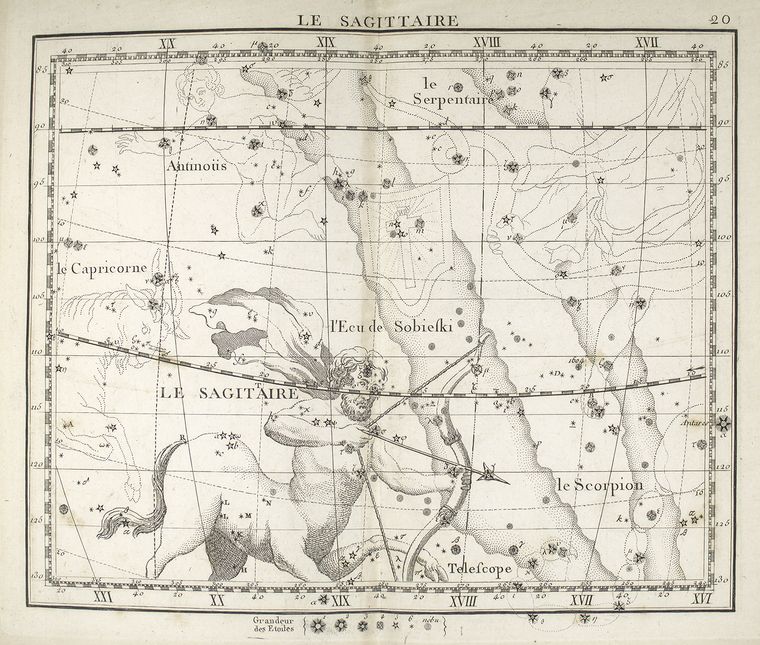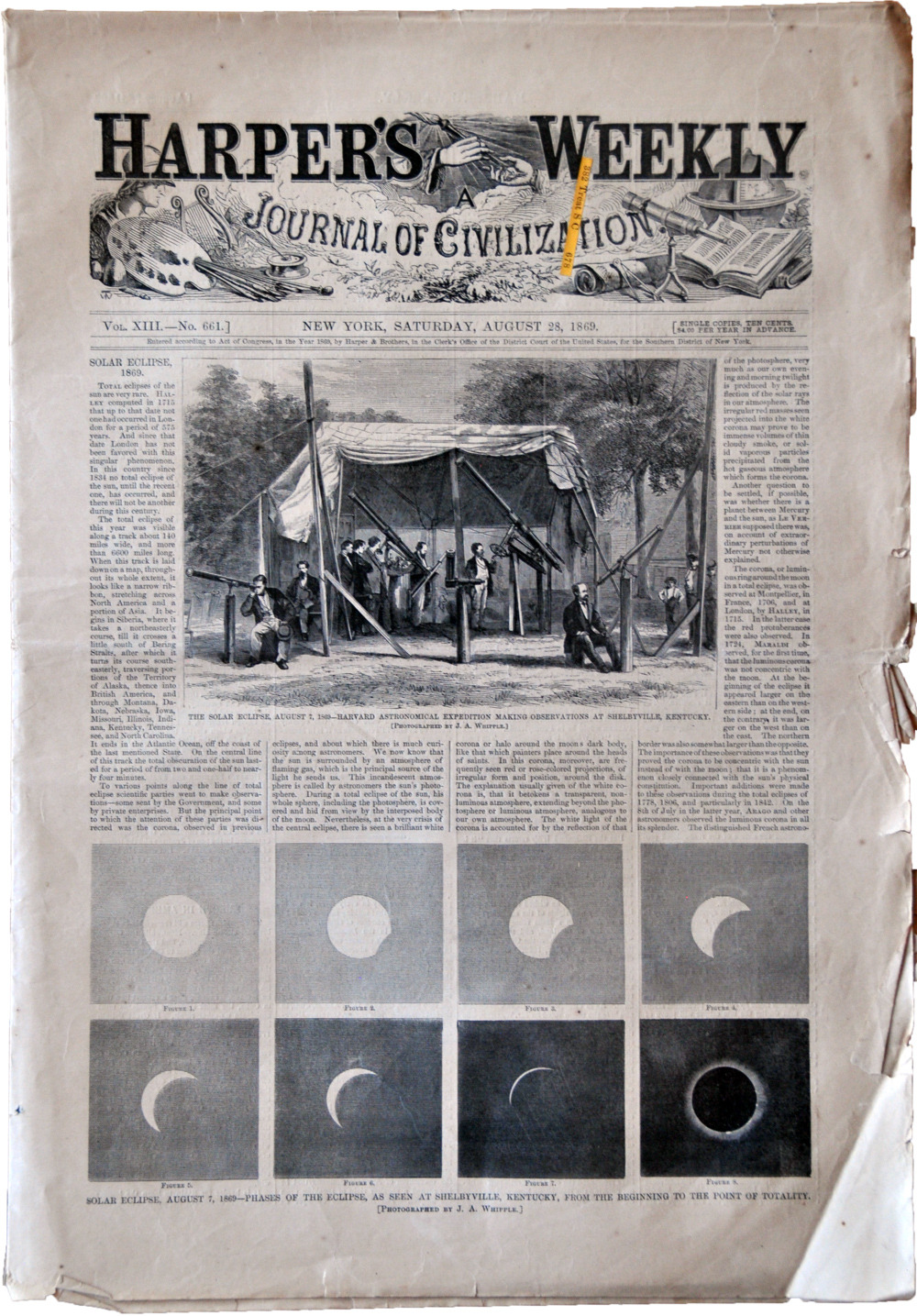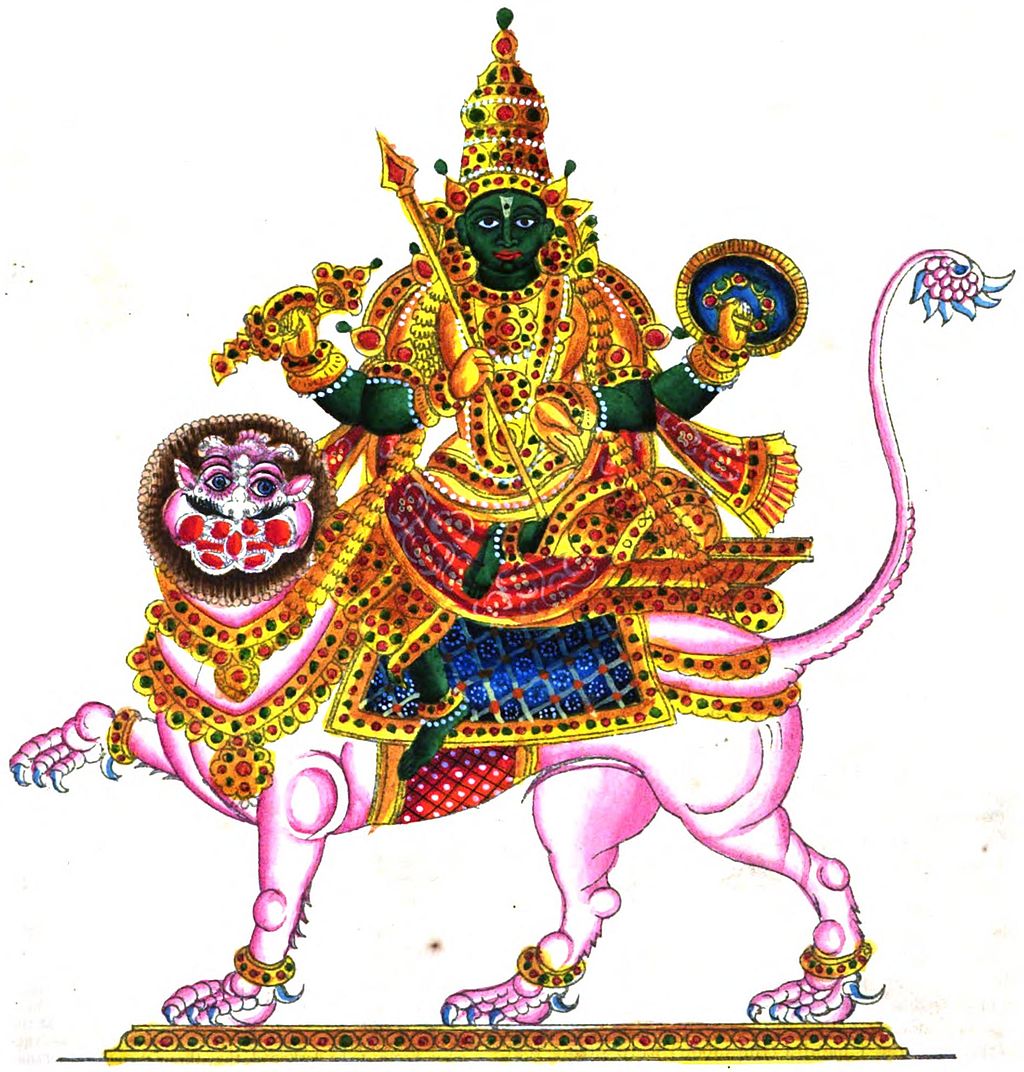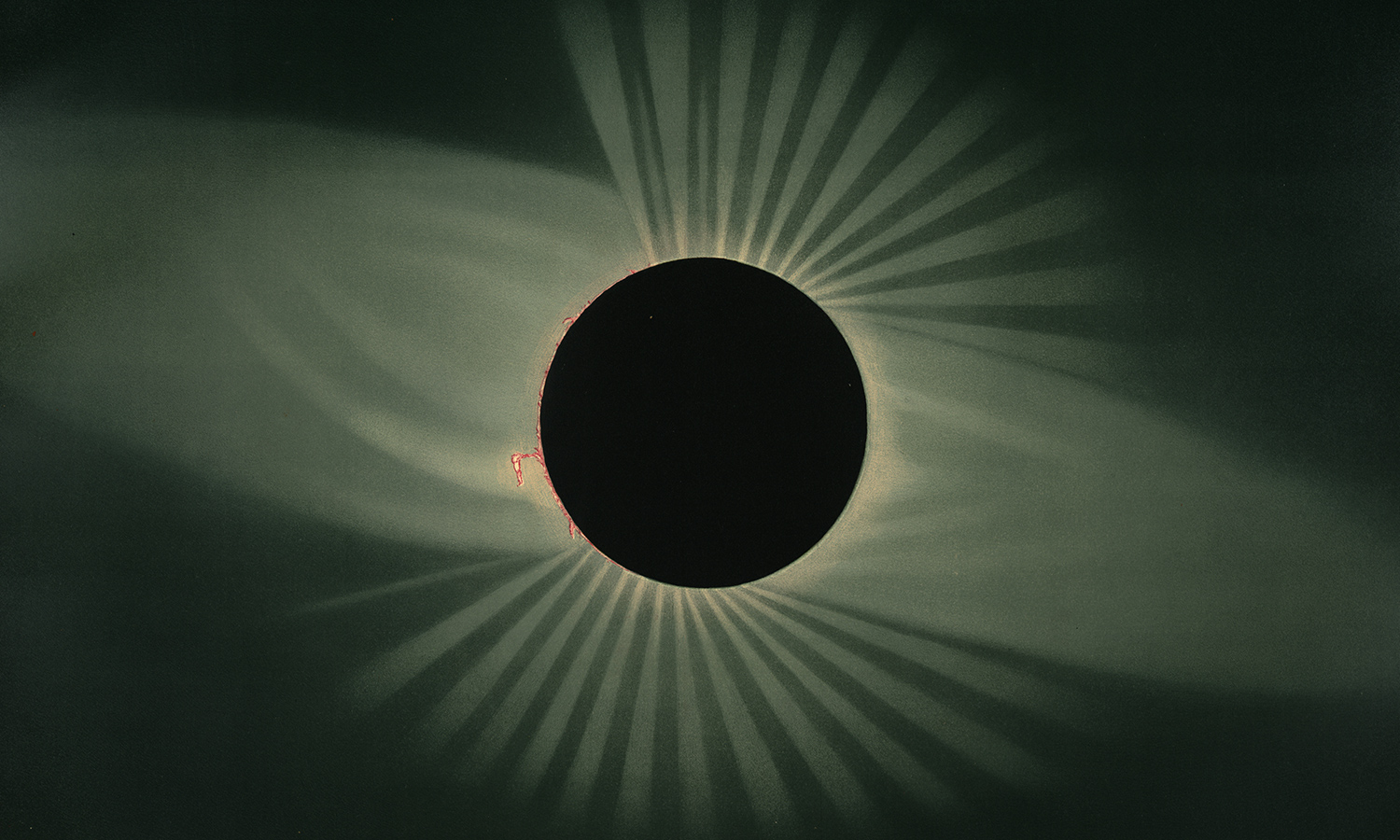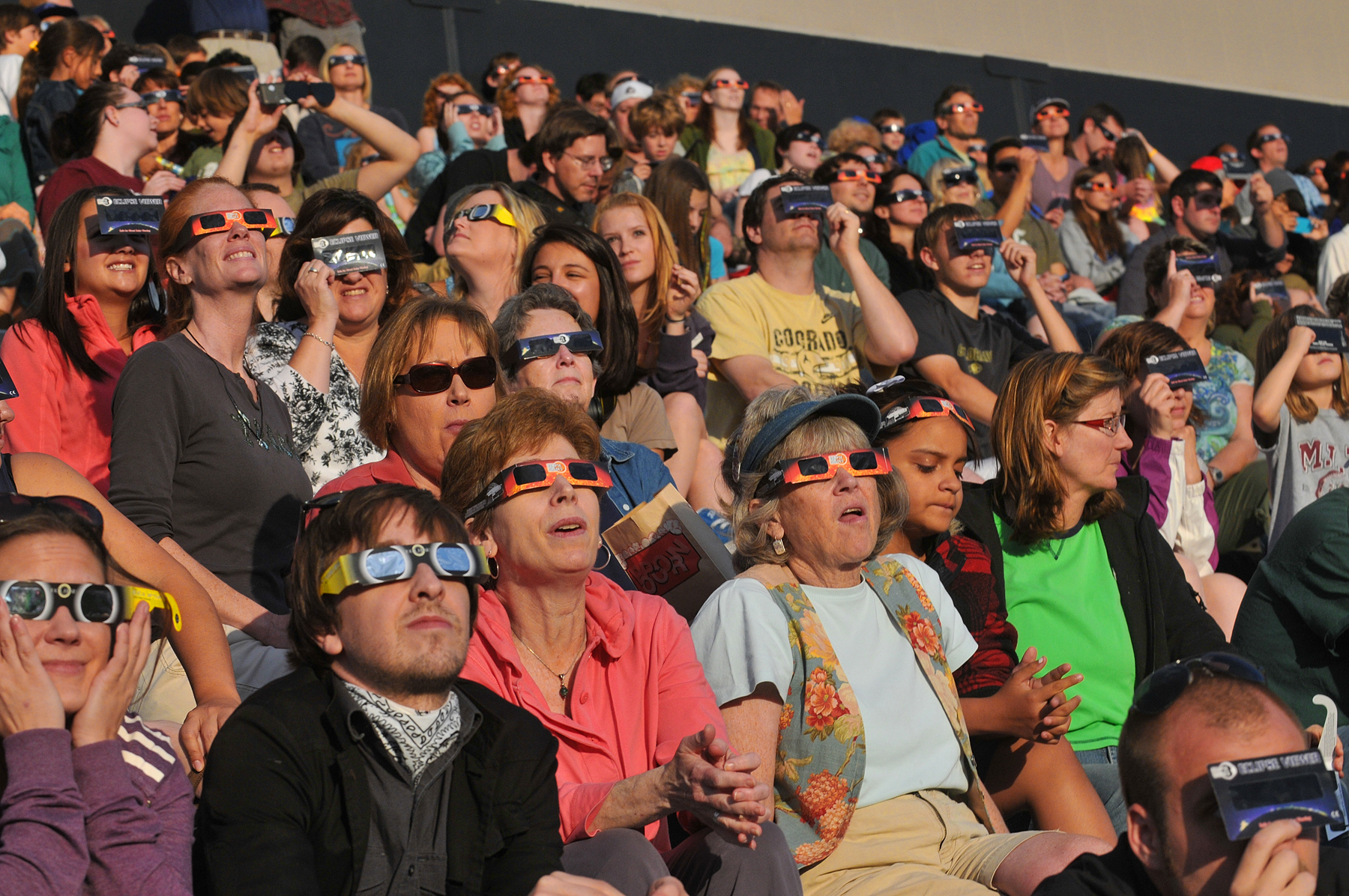Eclipse Superstitions Are a Thing of the Past, and the Present
All around the globe, ancient cultures and religions attempted to explain solar and lunar eclipses. Many of those stories involved gods, demons, dragons and other creatures that prowled through the sky and threatened to devour the sun or the moon. People prayed, made offerings or hurled things into the sky to chase off the invaders.
Today, as the U.S. prepares for the total solar eclipse of Aug. 21, 2017, when the moon will cover 100 percent of the sun's disk, areas that lie in the path of the total eclipse are planning festivals and multiday celebrations. In the modern age, scientists can predict when and where these cosmic events will occur, and skywatchers can appreciate their beauty rather than fear that the events might bring devastating consequences. It seems that humanity's perception of eclipses has changed over the centuries.
And yet, the stories and superstitions of ancient times haven't completely gone away, said E.C. Krupp, director of the Griffith Observatory in Los Angeles and an expert on cultural aspects of astronomy including eclipse folklore and superstition. And even though most people today have access to science-based information about eclipses, misinformation, myths and superstitions continue to surround these celestial events. [Where to See the 2017 Total Solar Eclipse, State by State]
Serious trouble
What causes the moon to turn a deep shade of red during a lunar eclipse? A story from the Toba people of South America claimed it was because the spirits of dead people had taken the form of jaguars and attacked the Earth's lunar companion, leaving it bloody in the sky, Krupp wrote in his book "Beyond the Blue Horizon: Myths and Legends of the Sun, Moon, Stars and Planets," (HarperCollins, 1991). When the Toba people saw the moon turn red, they would have to shout and make their dogs bark at the sky in order to scare off the jaguars and stop the slaughter.
There is great variety in the world's many myths and folktales that attempt to explain the occurrence of solar and lunar eclipses. But these ancient stories tend to have a few things in common, Krupp told Space.com: They often involve eating or biting, and they tend to portray the eclipse as bad news.
"There's certainly a uniform response — and by that I mean worldwide — that most people, most of the time, thought eclipses of the sun or the moon were trouble. Serious trouble," he said. "And the nature of the trouble had to do with the fact that the foundation of their world seemed to be at risk [during an eclipse]."
People living in the modern world might not often think about why eclipses would be so deeply terrifying to ancient groups, Krupp said, but the lives of those people would have relied deeply on the "fundamental rhythms of the sky." Things like sunrise and sunset, the lunar cycle, and the change of seasons gave order to the world, traced the passage of time, and in many ways determined people's ability to survive, he said.
Get the world’s most fascinating discoveries delivered straight to your inbox.
"So, when a tremendous break in the rhythm happens, like the sun going even partially out or the moon disappearing, it is more than just an astronomical inconvenience. It's actually serious business for them," he said.
The people who held these beliefs about eclipses also carried out rituals included shouting or wailing at the sky during an eclipse, firing arrows into the heavens to chase off beasts, or making offerings to the creatures responsible for these events. "Themyth and the ritual are all part of interpreting and engaging the forces that make the world the way it is," Krupp said.
In his book, Krupp excerpted a passage from a book by a Spanish priest named Bernardino de Sahagún, who lived with Aztecs in ancient Mexico. According to the priest's account, when a solar eclipse became visible in the sky, there was "tumult and disorder. All were disquieted, unnerved, frightened. There was a weeping. The common folk raised a cry, lifting their voices, making a great din, calling out, shrieking … People of light complexion were slain [as sacrifices]; captives were killed. … It was thus said, 'If the eclipse of the sun is complete, it will be dark forever! The demons of darkness will come down; they will eat men.'"
Fear of eclipses didn't end with the dawn of the scientific era. Krupp noted that total solar eclipses can be somewhat unsettling to behold because they are "an extraordinary reversal from what should be" — specifically, day turning into night. Modern skywatchers have reported being so hypnotized by these events that they completely forget to do things like snap a photograph or execute a scientific experiment. Skywatchers who have witnessed total solar eclipses may understand why people throughout history, and even into the modern era, have felt that these celestial events were a sign from another world.
Take, for example, the story of a Roman emperor who witnessed a total solar eclipse in A.D. 840. In his book "American Eclipse" (Liveright, 2017), journalist David Baron reported that the emperor was "so unnerved" by the sight of the eclipse that he stopped eating and eventually starved to death, "plunging his realm into civil war."
On a somewhat happier note, in the sixth century B.C., a battle in Asia Minor between the Medes and the Lydians came to a halt when a total eclipse darkened the sky, Baron wrote; following the event, the soldiers were eager to make peace, believing the eclipse was a sign for them to stop the fighting, reports say.
Total solar eclipses continued to have such dramatic effects on people at least into the 19th century. In the summer of 1878, a total solar eclipse swept down through the continental U.S. In his book, Baron chronicled the deep impact this eclipse had on 19th century astronomy, due largely to observations of the eclipse performed by a young Thomas Edison, and the scientists James Craig Watson and Maria Mitchell.
But despite relatively extensive news coverage of the event, and despite the fact that astronomers knew not only when the event was coming but also where it would be visible, some of the people who witnessed the event swore it was a sign of the end times, Baron's book said. A man named Ephraim Miller believed the eclipse marked the coming of the apocalypse, and rather than stay to see the horrors that were sure to follow, he took his own life, right after he murdered his son with an axe.
"The way beliefs work, it's rare that someone suddenly lifts the shade and everybody changes their mind," Krupp said. "There's a spectrum of understanding across any culture." [Solar Eclipses and Thailand's Kings: A Curious History]
A demon's revenge
Out of the many folktales Krupp has heard from around the world that provide an explanation for the eclipses, one stands out as his favorite, he said. "There's nothing quite so elaborate and colorful and entertaining," he said, as the eclipse myth from the Hindu textknown as the Mahabharata.
The very simplified version of the story goes like this: A group of gods wish to create an elixir of immortality, so they enlist a few demons to help them churn the cosmic ocean (using a mountain for a churning stick). The ambrosia eventually emerges like curds in milk. This process also leads to the creation of the moon and the sun, among other enchanted things. The gods promise to share the elixir with the demons, but when the task is done, the god Vishnu disguises himself as a woman, enchants the demons and steals their portion of the elixir.
The demon Rahu then sneaks into the camp of the gods and manages to steal a swig of the elixir, but the sun and the moon spot him and blow the whistle on him. Vishnu cuts off Rahu's head, but because the demon is immortal, this doesn't kill him. He's angry at the sun and the moon for ratting him out, so he chases the two objects through the sky. Every once in a while, he catches up with one of his betrayers and swallows it, but because he's just a severed head, the sun or the moon slips back out through his disconnected neck. Nonetheless, the demon continues his pursuit indefinitely.
The complete story is beautiful and entertaining — not to mention one of the less ominous eclipse myths — and it did not disappear as people who practiced Hinduism learned about the science of the planetary bodies, according to Krupp. As Eastern astronomers deciphered the orbital geometry of these three bodies, the story was adapted, not abolished. In particular, the demon Rahu became associated with what are known as eclipse nodes, Krupp said.
During a lunar eclipse, the Earth lies directly between the sun and the moon, casting a shadow on the lunar surface. During a solar eclipse, the moon is between the Earth and the sun, casting its shadow on the Earth's surface. The moon's orbit is tilted with respect to Earth's orbit, so the three bodies don't line up every time the moon loops around the planet. The points where the moon's path crosses the path of the sun are called nodes, and both the sun and the moon must be located at those nodes for an eclipse to occur (this can include partial or total eclipses, as well as annular solar eclipses). The sun and the moon both come close to these two nodes about every six months, when Earth experiences an "eclipse season."
As Western astronomy from Greece and the Mediterranean made its way east to regions like modern-day India, Hindu astronomy adopted geometric and mathematical models of the motions of heavenly bodies, Krupp said. The demon Rahu was associated with the two nodes, and eventually one node became associated with Rahu while the other became associated with the demon Katu, which is actually Rahu's tail, Krupp said. The nodes are invisible, and so are the demons; the nodes change position in the sky, as the demons are pictured to do. By tracking the movement of the nodes, astronomers could eventually predict when and where eclipses would occur.
The story of Rahu's vengeful pursuit of the sun and the moon is also depicted on a wall of the main temple on the predominantly Hindu island of Bali, Krupp said. In 2016, when a total solar eclipse passed over Indonesia, representations of this traditional story were used extensively in advertising, he said. Two competing beer manufacturers on the neighboring island of Java (which is predominantly Muslim) both used images of the demon Rahu on their eclipse-themed brews.
"It shows you that [the story] is part of the living tradition in Bali," Krupp said. "And then if you were to ask the devout Balinese people, 'Do you believe these Hindu stories?' … The answer is yes. And probably if you asked many of them 'Do you understand how the solar system works?' they'd say yes. And that is a confirmation of the extraordinary human ability to talk out of both sides of the mouth at the same time."
The people of Bali aren't the only ones carrying these historic interpretations of eclipses into the present day. In many languages, Krupp said, the words used to describe eclipses are the same words that mean "to eat" or "to bite." In the English language, "eclipse" is derived from the Greek term "ekleipsis," which means "an omission" or "an abandonment."
Modern myths
In 1963, a total solar eclipse was visible in Alaska and parts of Maine, while a partial eclipse was visible from much of North America. That year, Charles Schultz produced an eclipse-themed edition of his famous "Peanuts" comic strip. In it, the character Linus states, "There is no safe method for looking directly at an eclipse. And it is especially dangerous when it is a total eclipse."
Linus' statement is entirely untrue. One can look directly at an eclipse with the help of solar viewing glasses, and when the moon fully covers the solar disk (a total eclipse), skywatchers should absolutely remove their eye protection and view the event with their naked eyes. Space.com columnist and night sky expert Joe Rao said he deeply laments that this eclipse myth was spread by Schultz — so much so that Rao wrote a children's book to help dispel it.
The false belief persists; many people have a general fear that looking at a total solar eclipse can be worse than looking at the unobscured sun. And Krupp said that in modern-day society, many people have reservations about looking at the eclipsed sun without eye protection, because so much emphasis is placed on not looking directly at the sun at any other time. Doing that can in fact cause blindness or other permanent eye damage. (Having never seen a total solar eclipse myself, I confess I was skeptical when an expert told me that observers should look at the totally eclipsed sun with the naked eye.) Krupp said this concern or a fear of a liability issue could persuade parents or teachers to keep children from viewing the eclipse.
Fear of eclipses has not been completely snuffed out in the modern age. Krupp wrote an article for "Sky and & Telescope"magazine about a persistent belief that eclipses can cause birth defects in unborn fetuses or miscarriages in pregnant women. He said there is clear evidence that this belief arose in central Mexico around the time that European settlers arrived there (people also thought that during an eclipse children would turn into mice), but the idea is not unique to that country. Over the decades, the observatory has received multiplecalls from people wanting to know if this belief is true, so that they might protect themselves or a pregnant loved one, Krupp said.
To be clear, there is no evidence that eclipses harm pregnant women or their fetuses.
For the Aug. 21 eclipse, NASA and the American Astronomical Society have conducted a massive campaign of public awareness. In addition to providing people with information about eye safety, the organizers are warning people about the massive crowds that are expected to gather in the path of totality. Traffic is likely to be nightmarish if too many people drive into the path of totality on the day of the eclipse, experts have warned. Gasoline could become scarce near the path, and people should make sure they have access to food, water and bathrooms. Angela Speck, a researcher at the University of Missouri who is part of the AAS Eclipse Task Force told Space.com that conditions are "going resemble a zombie apocalypse."
While humanity may have moved beyond some ancient responses to eclipses, the 2017 total solar eclipse could be an example of a new mythos surrounding these awe-inspiring cosmic events.
Editor's note: Space.com has teamed up with Simulation Curriculum to offer this awesome Eclipse Safari app to help you enjoy your eclipse experience. The free app is available for Apple and Android, and you can view it on the web. If you take an amazing photo of the Aug. 21 solar eclipse, let us know! Send photos and comments to: spacephotos@space.com.
Follow Calla Cofield @callacofield. Follow us @Spacedotcom, Facebook and Google+. Original article on Space.com.




